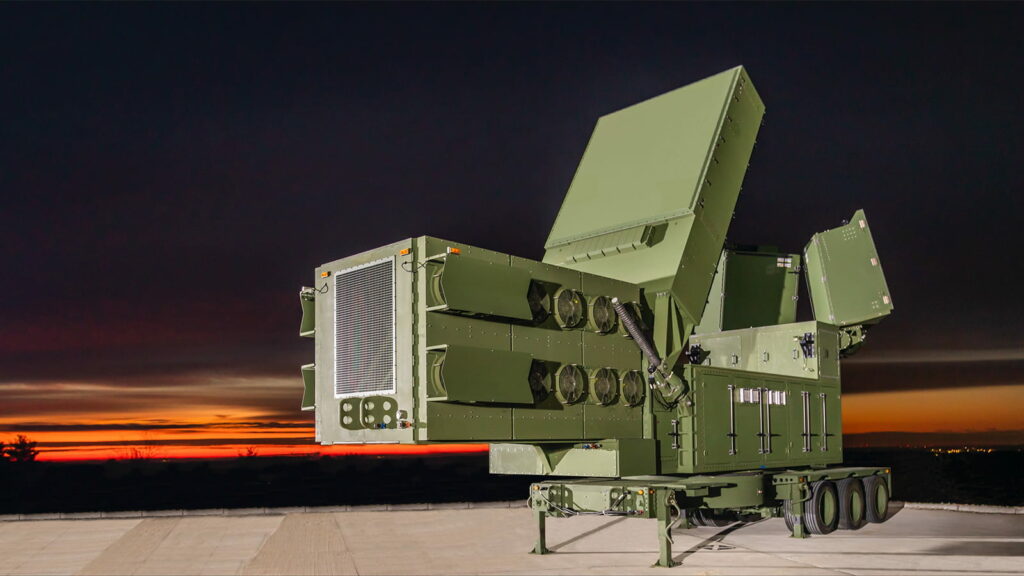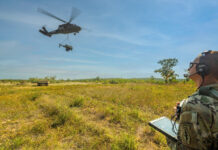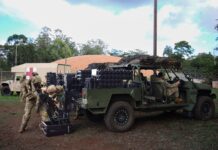Raytheon, working with US Army, has recently completed a live-fire engagement using the advanced, 360-degree Lower Tier Air and Missile Defense Sensor (LTAMDS), the company announced on 20 November 2023.
The milestone is the latest in a series of ongoing development tests for the radar, which will reach an operational capability level by the end of the year.
The test involved a cruise missile surrogate, flying a representative threat trajectory, that was acquired and tracked by LTAMDS. Its track data was passed to a US Army Integrated Battle Command System (IBCS) for launch command and then LTAMDS guided a Patriot PAC-3 missile to intercept the target.
“When the LTAMDS contract was awarded four years ago, this was what we told the army we would deliver: the world’s most advanced and highly capable air and missile defence radar,” Tom Laliberty, president of Land and Air Defense Systems at Raytheon, was quoted as saying in a company press release. “Seeing LTAMDS come to life is not only gratifying to the scores of experts who designed and developed it, but it reaffirms the commitment we made to deliver this exceptional radar to air defenders around the globe. We’re now closer than ever to doing just that.”

All six radars under the October 2019 contract have completed production and are undergoing simultaneous testing at various government and Raytheon test sites, conducting integration and test activities in parallel. Following the recently completed contractor verification test, events will continue throughout 2023. Rigorous testing will progress in 2024, including robust environmental and mobility qualification as well as expanded system-of-system testing, leading up to full operational capability that year.
LTAMDS is the US Army’s next-generation air and missile defence radar, which will serve as the radar in the army’s Integrated Air and Missile Defense system. It is a 360° active electronically scanned-array (AESA) radar, powered by Raytheon-manufactured gallium nitride, that is designed to provide a dramatically improved performance against a range of threats, from manned and unmanned aircraft to cruise missiles, ballistic missiles and hypersonic weapons.












